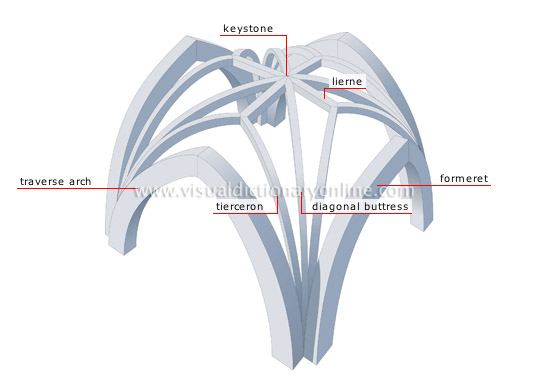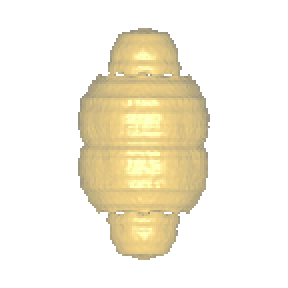 Nanomedicine demonstrates the future of our well-being and health. It is by definition “the medical application of nanotechnology.“ Nanomedicine will employ engineered molecular machine systems to address medical problems, and will use molecular knowledge to maintain and improve human health at the molecular scale. This useful and new technique of medicine offers tools for disease diagnoses, new biological devices, and new drugs and medicines for our world.
Nanomedicine demonstrates the future of our well-being and health. It is by definition “the medical application of nanotechnology.“ Nanomedicine will employ engineered molecular machine systems to address medical problems, and will use molecular knowledge to maintain and improve human health at the molecular scale. This useful and new technique of medicine offers tools for disease diagnoses, new biological devices, and new drugs and medicines for our world.
A discovery made to aid the advancement of nanomedicine was the proud discovery of “vaults.” In the 1980’s, Professor Leonard Rome and his colleagues at the at the UCLA School of Medicine were studyin g the movement of proteins within cells from their site of production to their final destination. These proteins are shuttled in cells in a specialized container called a coated vescicle. A researcher working in Dr. Rome’s laboratory, was separating coated vesicles into highly-purified fractions and found unusual ovoid particles consisting of a single protein. Further analysis established that the particles were unrelated to coated vesicles and were named “vaults” for their structural features consisting of multiple arches such as vaulted ceilings of cathedrals.
g the movement of proteins within cells from their site of production to their final destination. These proteins are shuttled in cells in a specialized container called a coated vescicle. A researcher working in Dr. Rome’s laboratory, was separating coated vesicles into highly-purified fractions and found unusual ovoid particles consisting of a single protein. Further analysis established that the particles were unrelated to coated vesicles and were named “vaults” for their structural features consisting of multiple arches such as vaulted ceilings of cathedrals.
The precise function of vaults is still unknown. Their size, shape and location at nuclear pores suggests that they may be a plug of the pore complex. Their hollow interior and role in cancer indicates that they may be carriers. Engineering vaults is a way to change their structure so that they can be used for new things. Like viruses, vaults self assemble and have a large internal cavity. If vaults can be engineered to contain exogenous materials (proteins, nucleic acids, drugs etc.), they may be suitable for use as delivery vehicles.

http://www.vaults.arc.ucla.edu/
One Comment